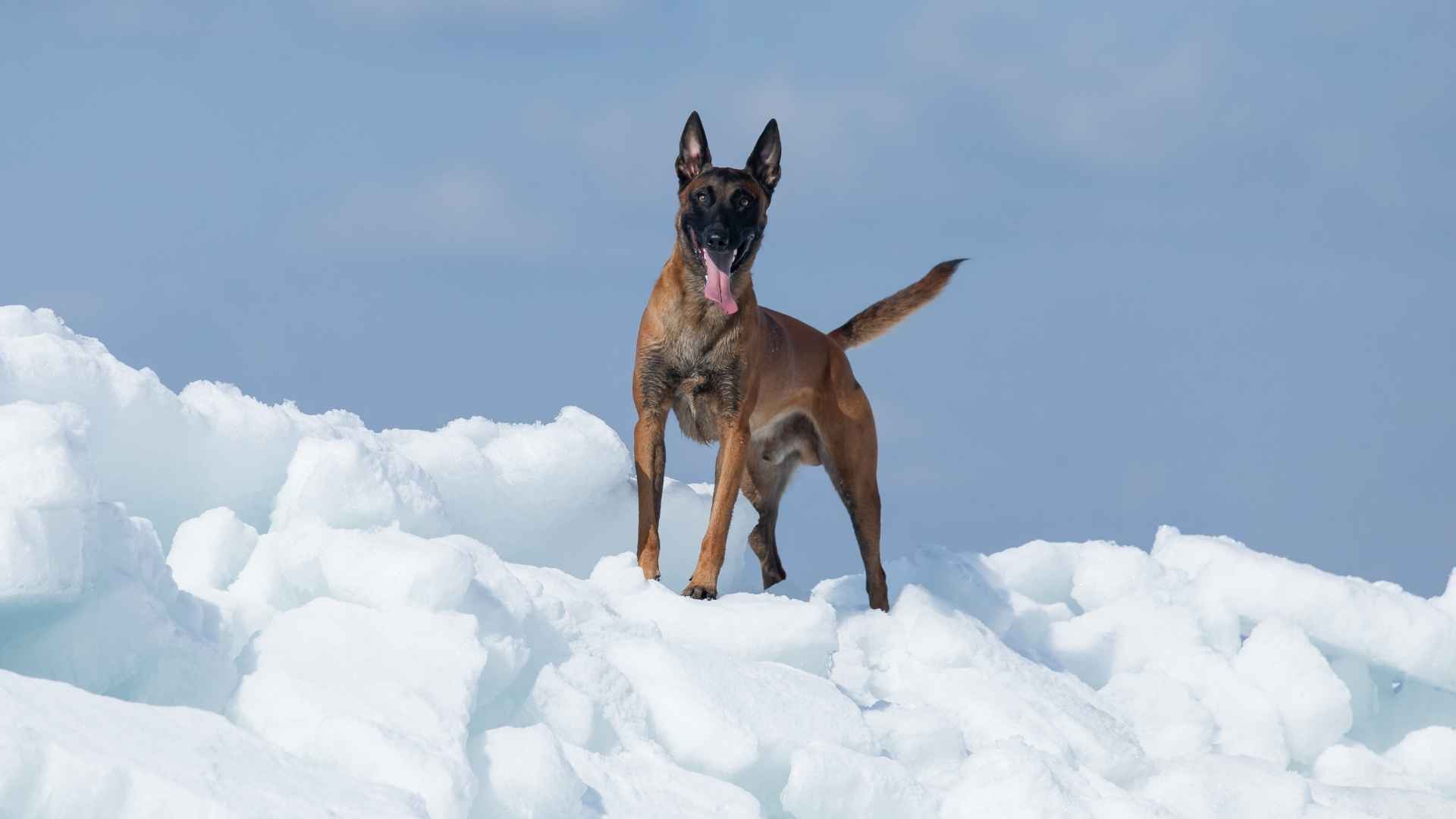Imagine facing bone-chilling blizzards or scorching desert heat. Not all dogs can handle such extremes. But for centuries, certain guard dog breeds have been bred to thrive in the harshest climates, ensuring both safety and security for their owners.
Many dog owners prioritize climate suitability when choosing a breed, ensuring their furry companions can thrive in their living environment. The wrong choice can lead to serious health risks, but selecting a weather-resistant guard dog means you’ll have a protector who can stand strong against the elements.
In this guide, we’ll explore seven of the toughest, most resilient guard dogs—from the snow-loving Saint Bernard to the heat-resistant Anatolian Shepherd.
Guard Dog Breeds for Extreme Weather Conditions
1. Saint Bernard
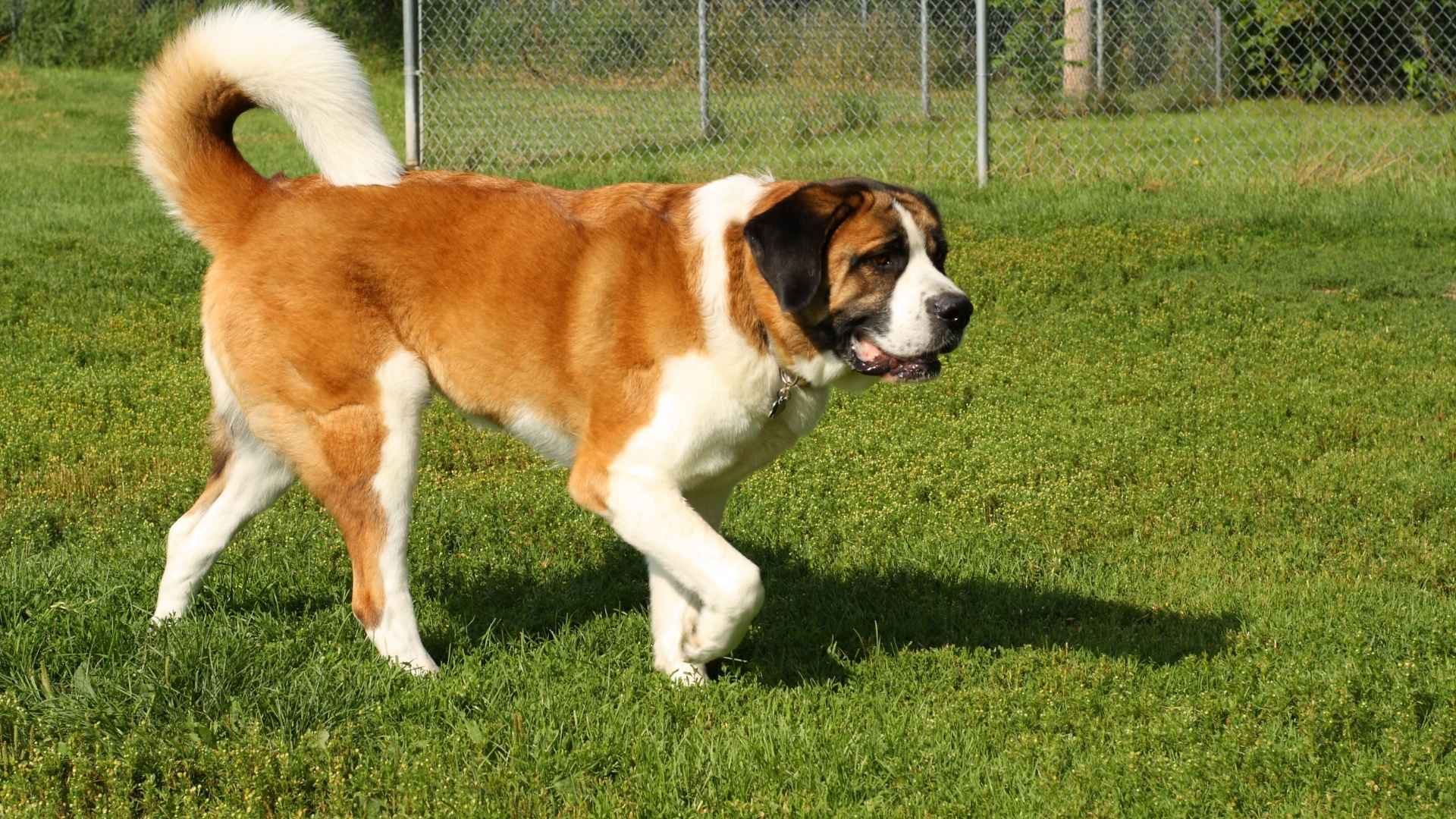
Long before they became household favorites, Saint Bernards were originally bred by monks in the Swiss Alps to rescue lost travelers buried in snow. With their massive size and fearless nature, they could plow through blizzards like a furry snowplow, saving lives along the way.
A thick double coat is their built-in winter gear. Their thick coat keeps them toasty in freezing cold temperatures, while their wide paws act like natural snowshoes, making them well-suited for icy landscapes. Basically, they’re the ultimate snow dogs.
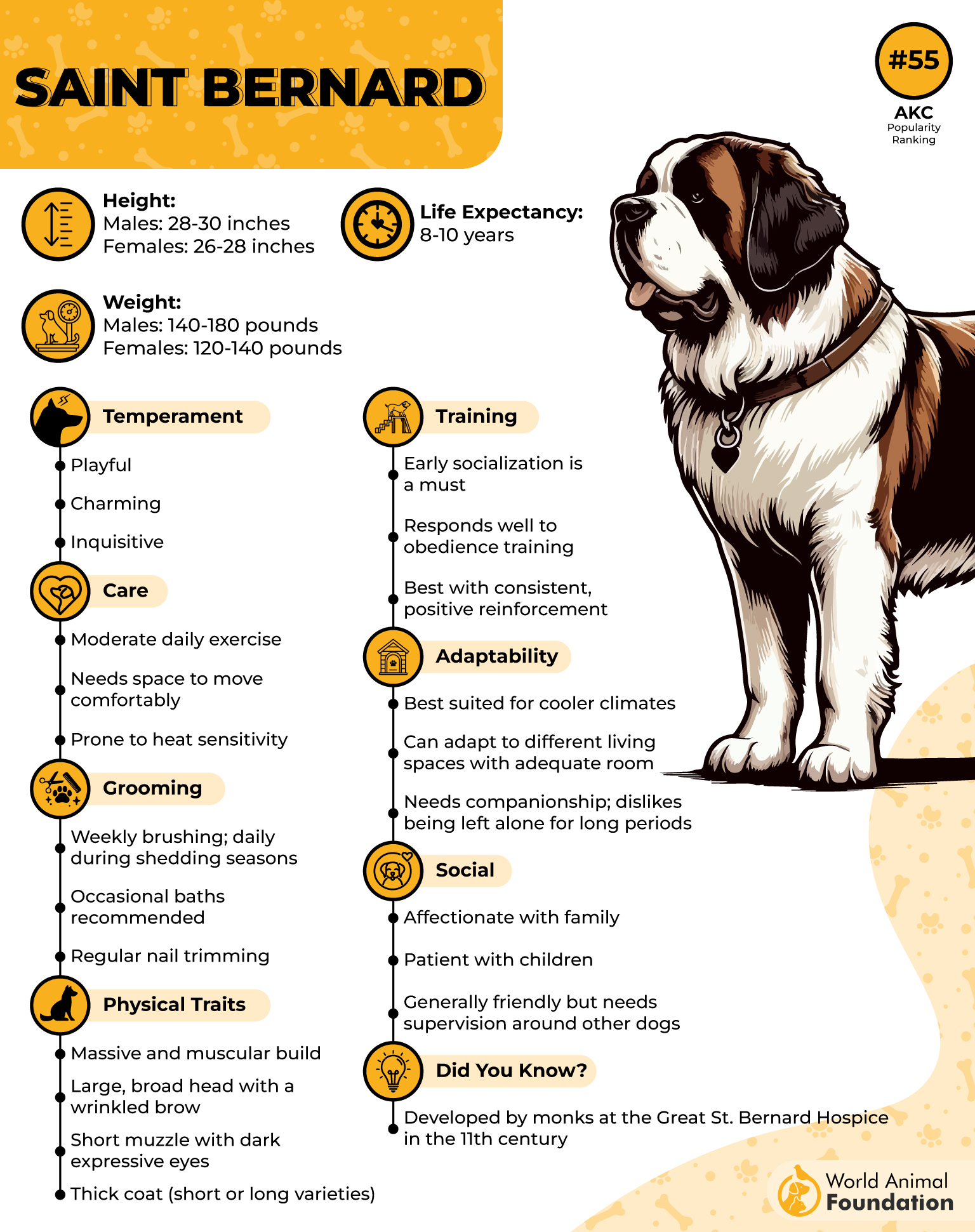
Despite their gentle eyes, don’t mistake them for pushovers. According to Britannica, their deep bark and protective instincts make them natural guard dogs, and while they won’t pick fights, they won’t back down from one either. A Saint Bernard watching over you is like having a fluffy bodyguard.
Born for cold temperatures, they thrive in icy climates and love a good snowstorm. Anything above 40°F? Not their favorite. Owners in warm areas need to keep them cool, or they’ll trade guard duty for napping under the AC.
Training a Saint Bernard is like convincing a stubborn but lovable giant to follow the rules. They’re smart dogs but independent, so early socialization is the trick to ensuring they stay affectionate, disciplined, and not just a couch-hogging furball.
2. Akita
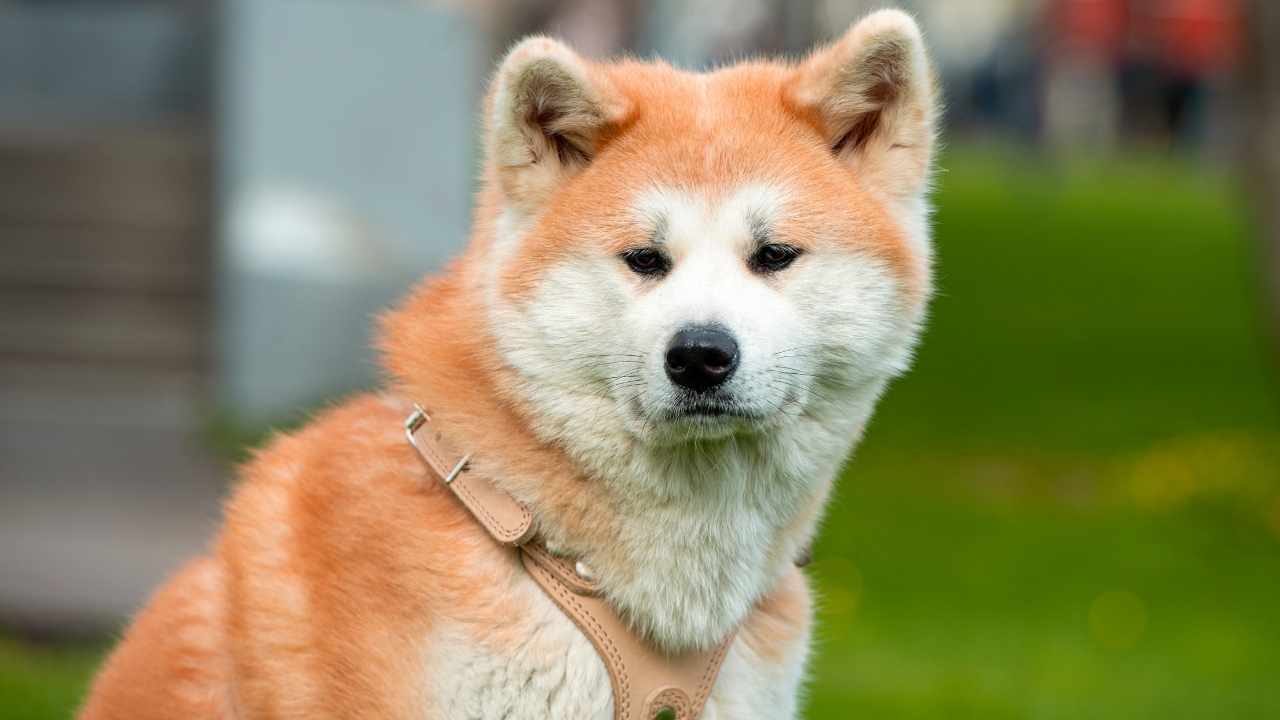
Akitas weren’t just bred for cold climates. They were born to rule them! Originally from Japan, these hunting dogs weren’t afraid to take on bears (yes, actual bears) and protect noble families like furry bodyguards. With their fearless attitude and legendary loyalty, they’ve always been the ultimate guardians.
Rocking a thick double coat, Akitas handle cold weather exposure like pros. Their fur traps warmth, their fluffy tails double as built-in face warmers, and their snowshoe-like paws keep them steady on icy ground. Basically, winter is their playground.
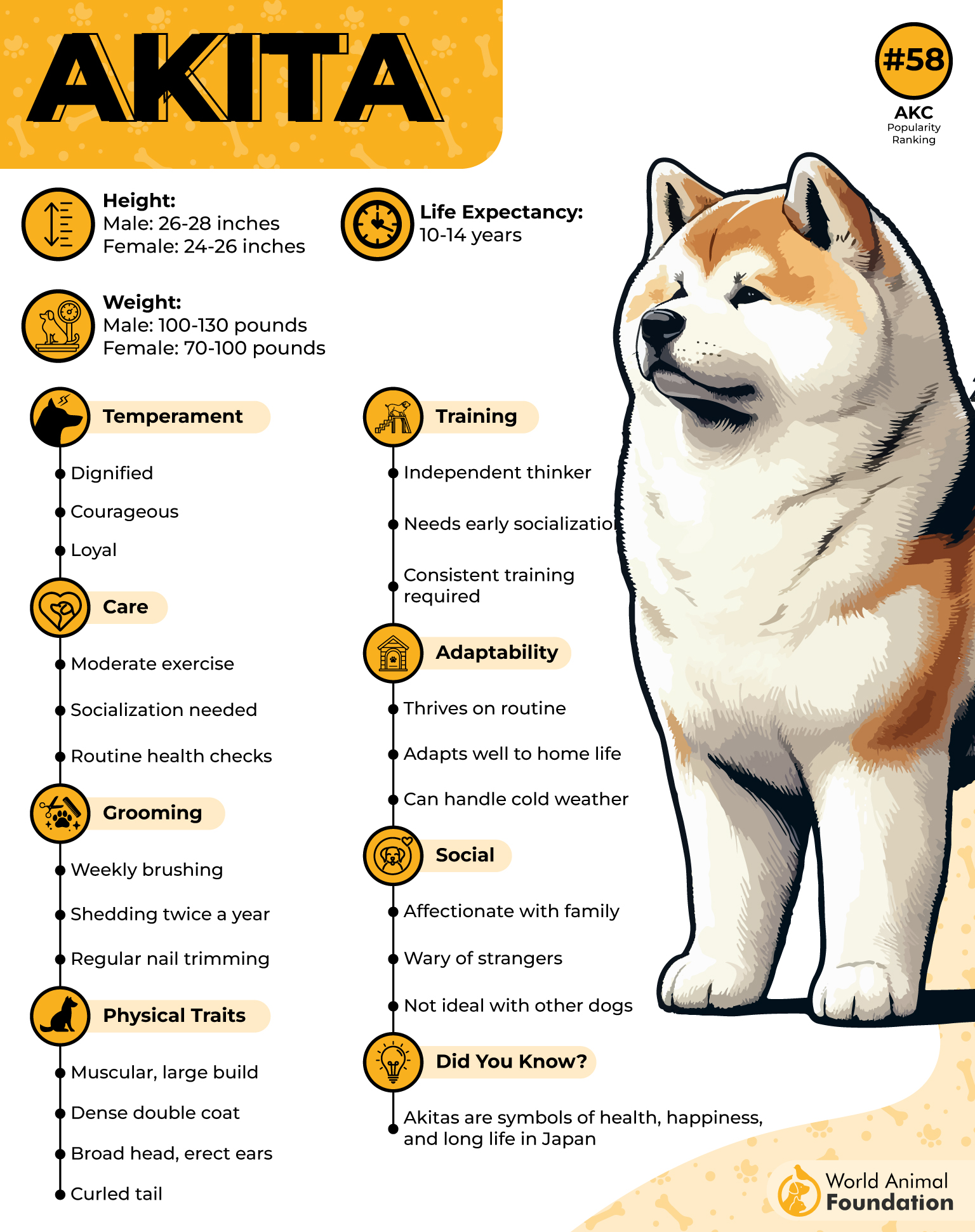
When it comes to guarding, Akitas don’t play around. They’re the kind of dog that gives intruders a look so intense that they rethink all their life choices. Silent, confident, and always on duty, they’re natural-born protectors who take home security to the next level.
Thriving in cold weather climates, Akitas love the chill but struggle in the heat. That thick fur isn’t exactly summer-friendly, so unless you want a very grumpy pup, keep them cool and comfortable when the sun’s out.
Training an Akita? Think of it as negotiating with a tiny, furry samurai. They’re smart but independent, so they’ll listen—when they feel like it. Start early, be firm (but fair), and earn their respect. Once you do, you’ll have a best friend who’s fiercely loyal and always watching your back.
3. Great Pyrenees
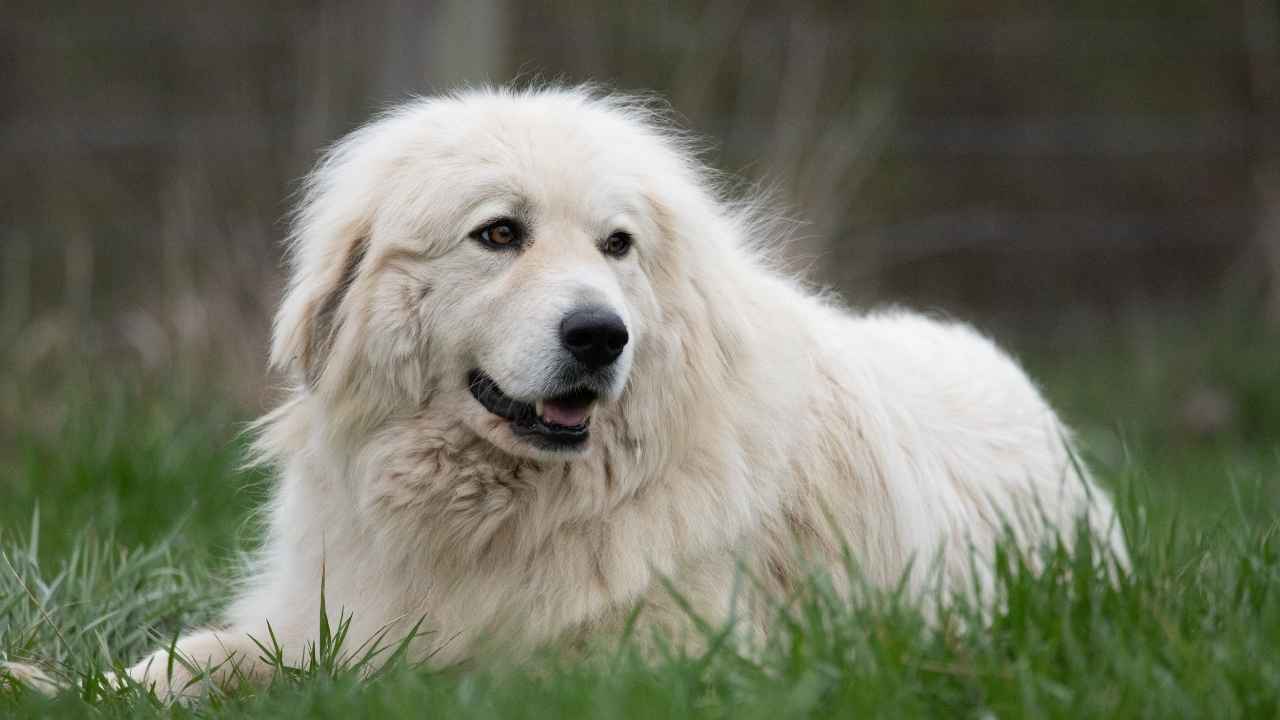
The Great Pyrenees, a large dog, was practically designed to dominate the chilly temperatures of the Pyrenees Mountains. Originally bred to protect livestock from wolves and bears, these majestic dogs take their job seriously, whether it’s watching over sheep or keeping an eye on their favorite humans.
With a dense double coat that’s basically nature’s version of a high-quality winter jacket, the Great Pyrenees can tolerate cold temperatures like a champ. That thick fur repels moisture, insulates against the extreme cold, and turns this dog into a walking, wagging snowstorm survivor.
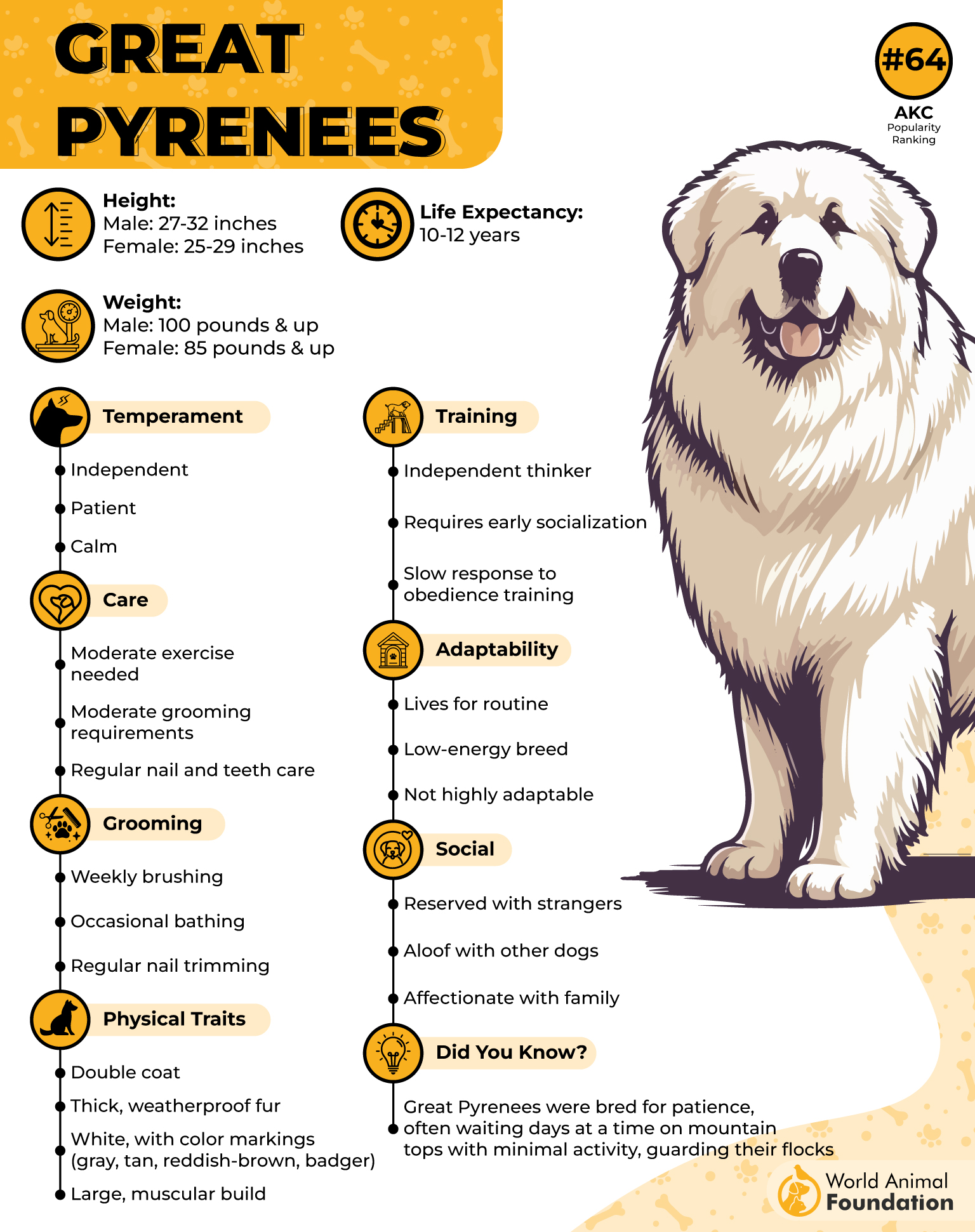
When it comes to protection, this dog is all business. These fluffy dogs are calm but fearless, stepping up when danger approaches. You might not hear them barking all the time, but when they do, trust that they mean it.
Snow, sleet, or freezing temperatures do not faze this breed. They were made to handle the toughest winters, but hot weather? Not so much. Keeping them cool in the summer is a must unless you want a very overheated and unimpressed pup.
Training a Great Pyrenees is like working with a very wise (and slightly stubborn) old soul. WebMD mentions that they’re smart and independent, which means they’ll follow commands—if they see a good reason to. Patience and consistency are key, but once they bond with you, their loyalty is as unshakable as their mountain roots.
4. Anatolian Shepherd
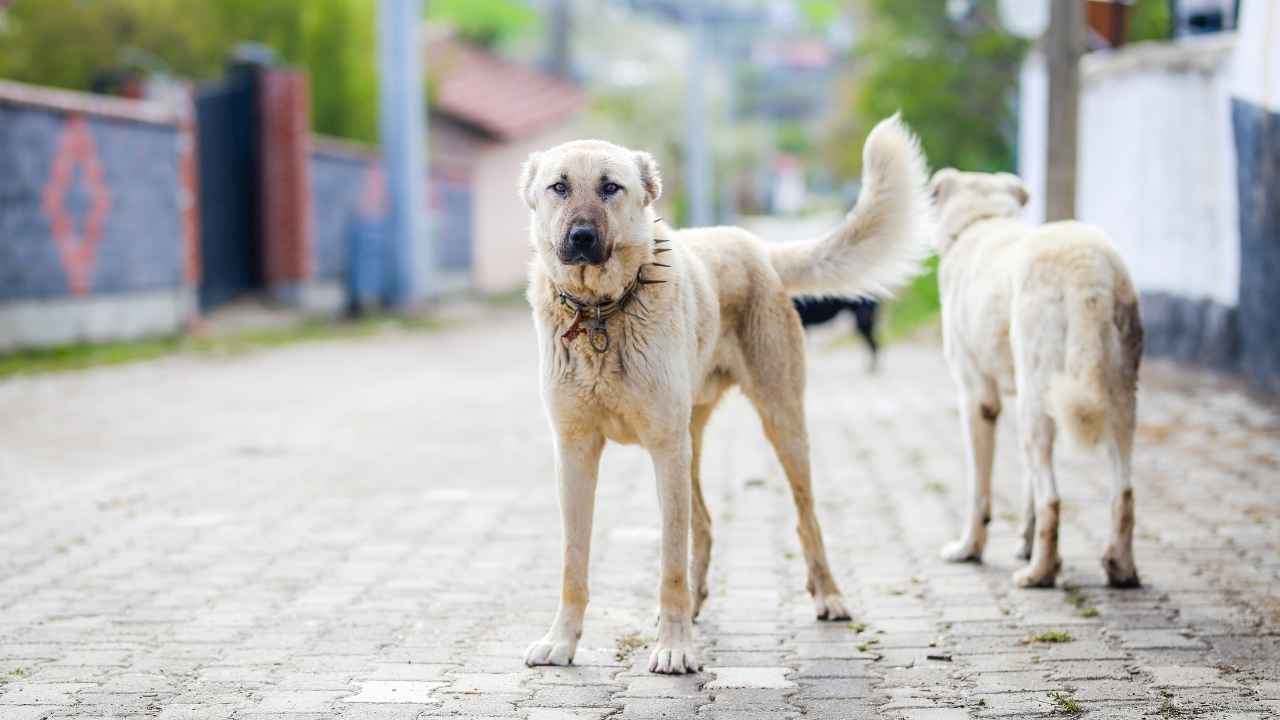
It doesn’t just guard—it owns its territory. Originally bred to protect livestock in harsh weather, this breed has been standing between flocks and predators for thousands of years. Wolves, bears, and intruders? Not on this dog’s watch. It’s been the ultimate farm guardian long before security cameras were even a thing.
This powerhouse of a dog isn’t just big—it’s built for endurance. Its dense double coat acts like a natural climate shield, keeping it warm in extreme heat and cool in hot climates. It’s like wearing a breathable jacket that works in both summer and winter—pretty genius, right?
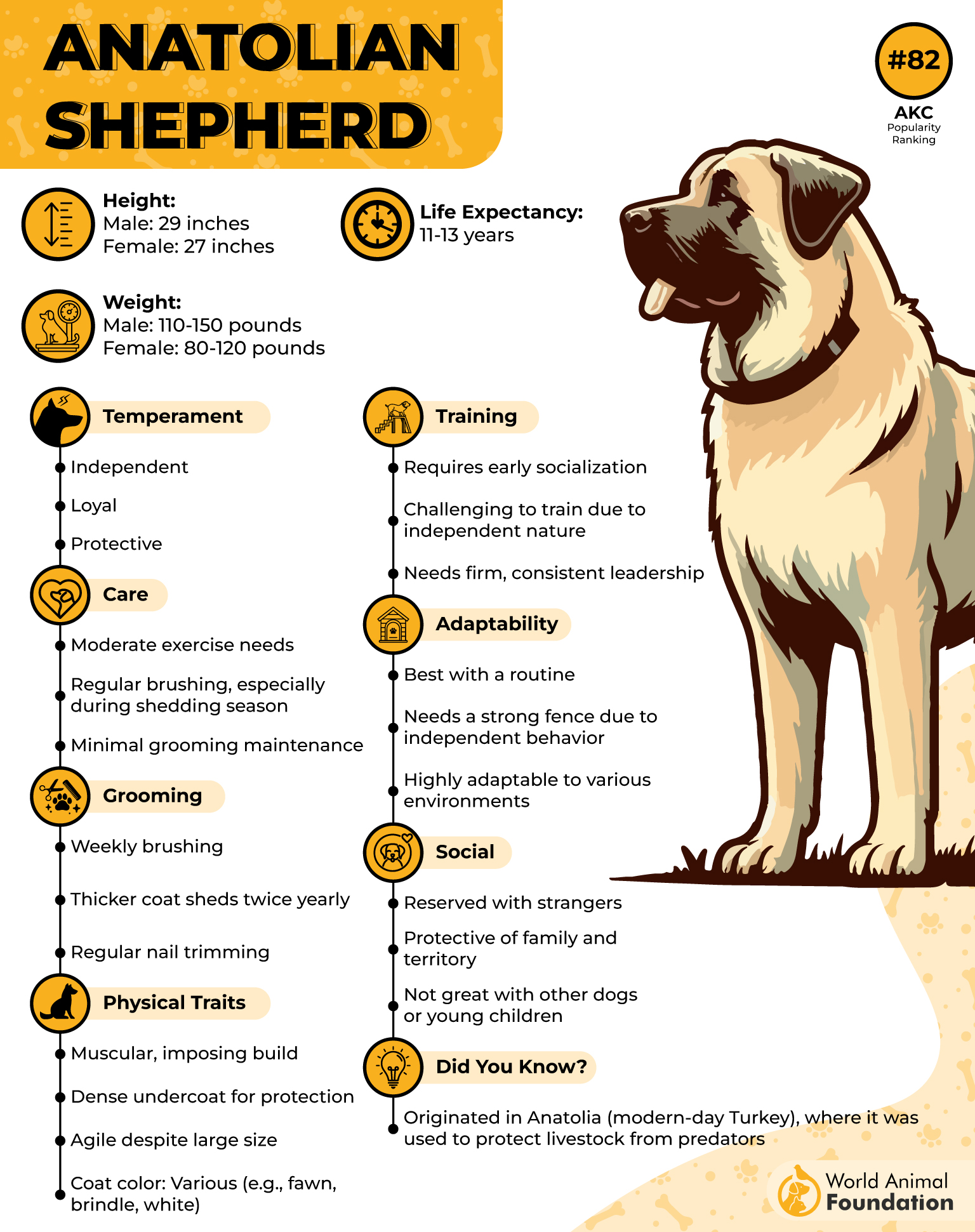
When it comes to protection, their protective nature is at the next level. Unlike smaller dogs that might yap at a leaf, this breed stays calm and calculated. It watches, waits, and only steps in when truly needed. A true professional in the guard dog world.
Heat doesn’t faze this breed. Thanks to its body heat regulation, it handles warm weather like a champ. While some dogs overheat in minutes, Anatolians know how to conserve energy and keep their body temperature steady, even in hot climates.
Orvis states that training an Anatolian Shepherd requires a firm approach as they’re independent thinkers. They respect strong leadership but won’t blindly follow commands like a robot. Earn their trust, and you’ll have a fearless guardian who’s always looking out for you—no leash reminders needed.
5. Tibetan Mastiff
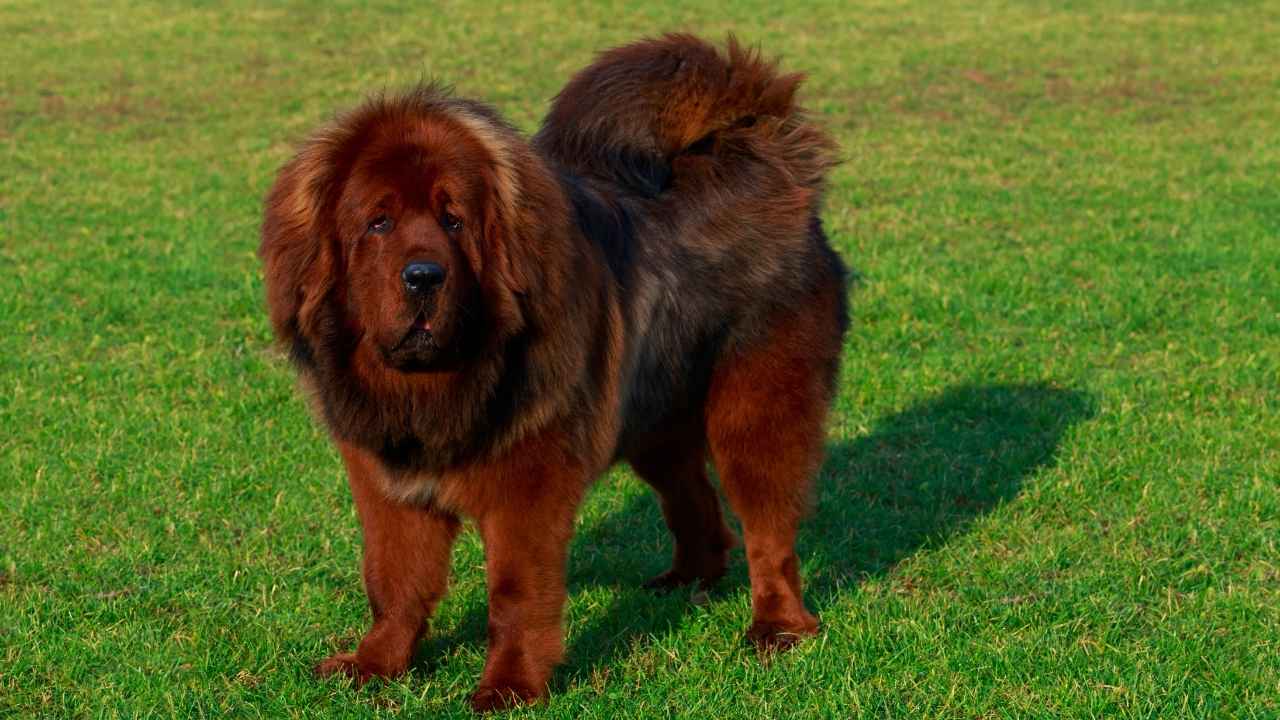
The Tibetan Mastiff has a history as grand as its presence. Closely related to ancient working breeds, it was originally bred to guard livestock and Tibetan monasteries from predators. With instincts sharpened over centuries, this breed remains one of the most trusted guardians even today.
A coat built for insulation makes it incredibly well adapted to extreme conditions. Its dense fur traps body heat efficiently, allowing it to thrive in freezing temperatures while maintaining its regal appearance. Snowy mountains and harsh winds are no challenge for this natural winter warrior.
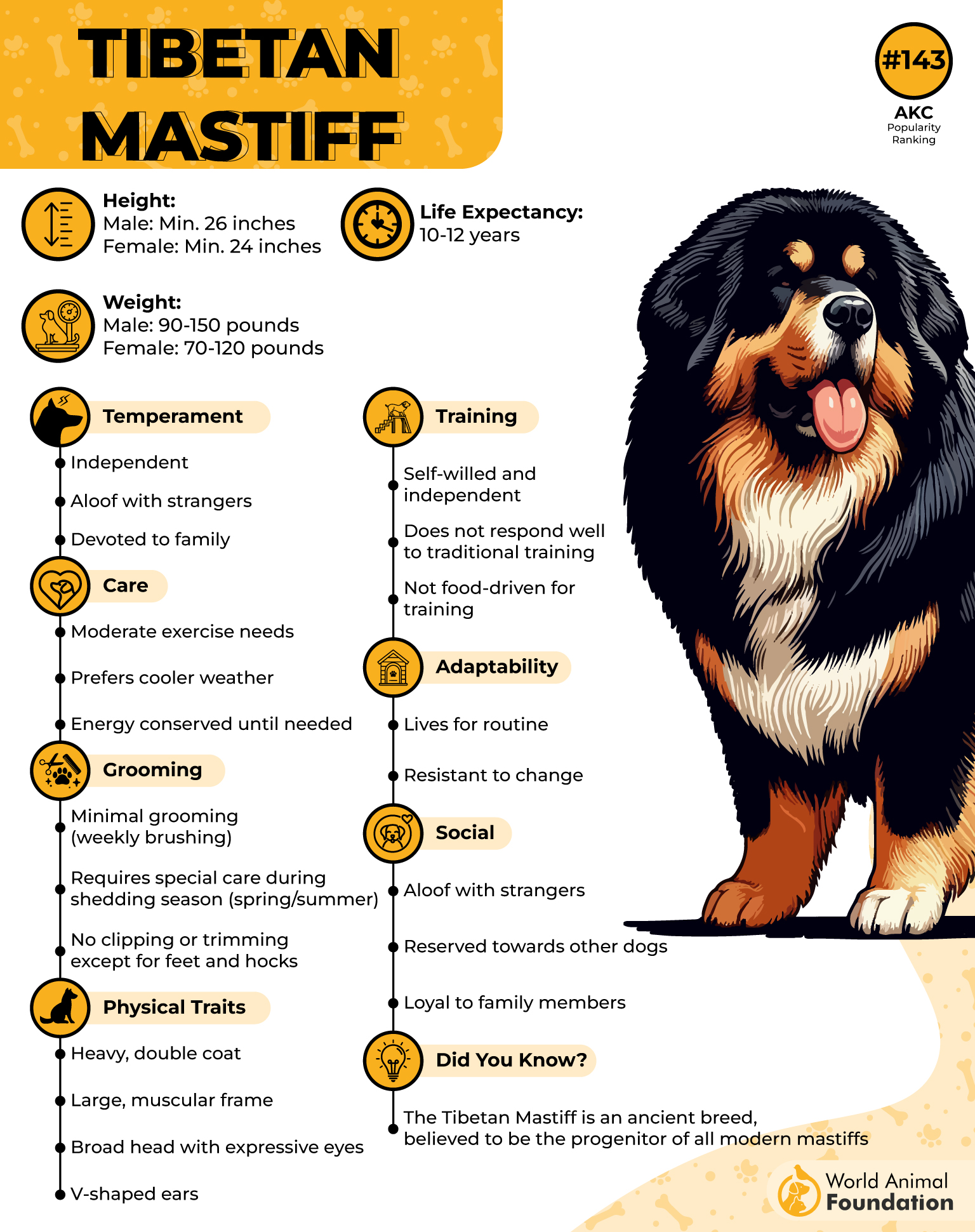
Loyalty and protection define this breed. A Tibetan Mastiff takes its guardian duties seriously, watching over its territory with a calm yet commanding presence. Strangers are met with quiet scrutiny, and unwanted guests are effortlessly deterred by sheer size and confidence alone.
When it comes to handling cold, this breed knows exactly how to stay warm. Its insulation acts like nature’s own heating system, ensuring comfort in even the coldest climates. While other dogs might seek shelter, this one enjoys the crisp mountain air like a true snow king.
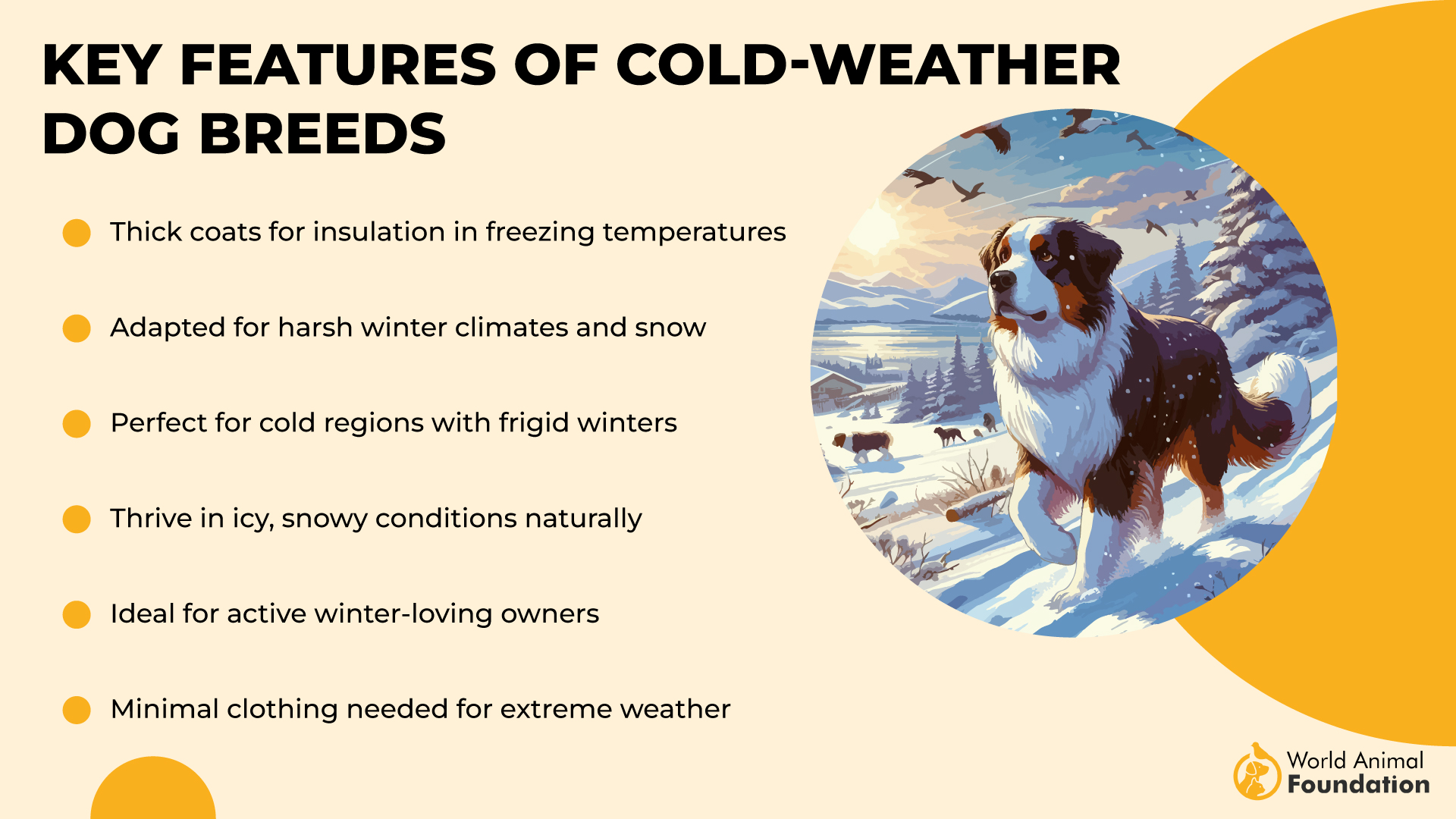
The Tibetan Mastiff thinks for itself and responds best to consistent guidance rather than strict commands. Once a strong bond is formed, it proves why it is one of the best dogs for guarding homes, families, and even entire landscapes.
6. Caucasian Shepherd Dog
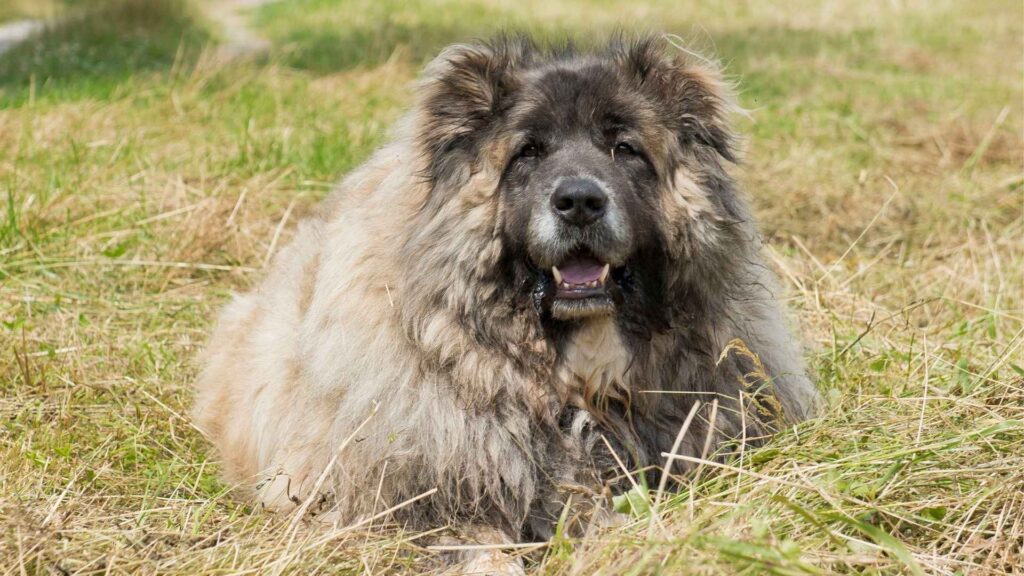
The Caucasian Shepherd Dog, bred to guard livestock against wolves and even bears, comes from the rugged Caucasus Mountains, where only the toughest survive. Whether braving snowstorms or standing its ground against predators, it has always been up for the challenge.
A coat like a built-in winter jacket makes this breed a cold-weather pro. Thick underlayers provide insulation, keeping body heat locked in, while its massive feet help it move through deep snow with ease. Staying warm? Not a problem. Looking stylish while doing it? Absolutely.
This dog doesn’t just guard—it dominates. Highly protective and instinctively territorial, the Caucasian Shepherd takes home security to another level. With unwavering courage and an intimidating presence, it ensures that uninvited guests never overstay their welcome.
Winter is this dog’s playground. Thanks to its dense coat type, it shrugs off long periods of freezing weather like it’s no big deal. Hot climates, however, are not its favorite. Shade and plenty of water are essential to keep this fluffy giant comfortable.
The Caucasian Shepherd is independent and strong-willed and isn’t impressed by generic commands. With firm leadership and early socialization, though, it transforms into an unbeatable protector who knows exactly when to stand down and when to take charge.
7. Newfoundland
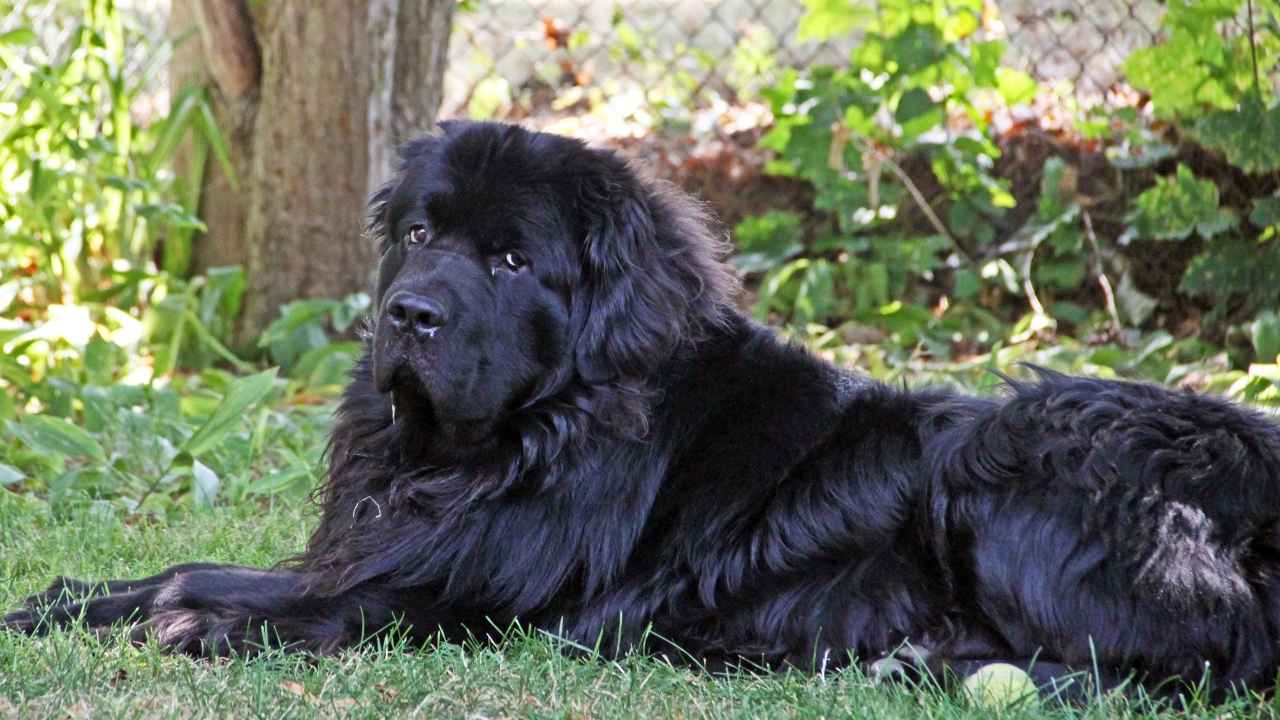
Few breeds handle harsh conditions as effortlessly as the Newfoundland. Developed in Canada’s cold climate, these powerful dogs were once trusted by fishermen to haul nets, pull loads, and even save people from icy waters. Their strength and devotion made them essential workers in extreme environments.
Braving below-zero temperatures is second nature for this breed. Its dense, water-resistant coat acts like built-in insulation, keeping it warm and dry even after a swim. Large, webbed paws help it move efficiently across snowy terrain or through freezing water, making it a true winter warrior.
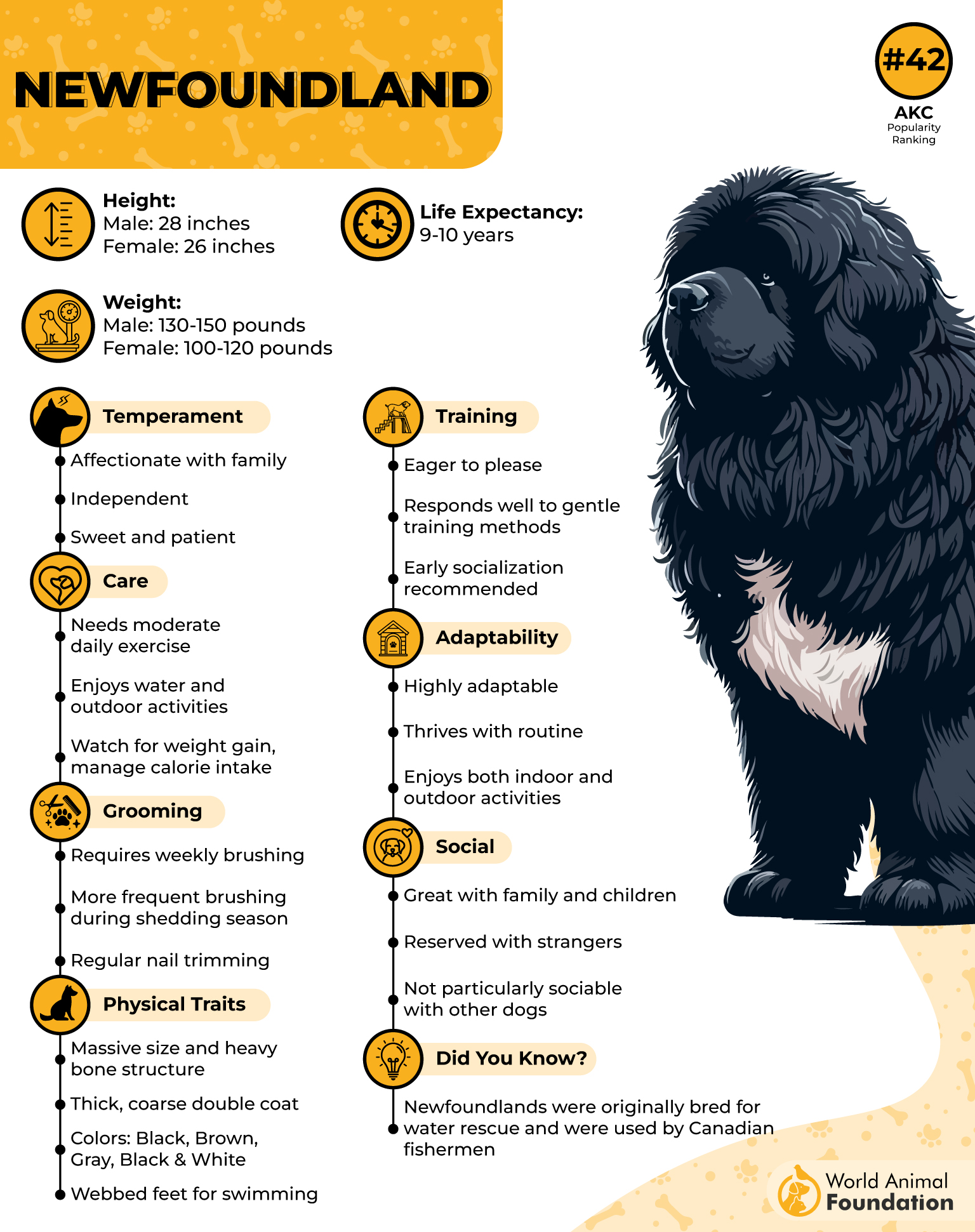
Despite its gentle personality, the Newfoundland is a natural protector. It doesn’t go looking for trouble, but when its family needs defending, this massive dog knows exactly how to make its presence known. Its sheer size alone is often enough to discourage unwanted visitors.
Colder months are this breed’s comfort zone. Designed to thrive in cold climates, it handles winter conditions with ease. When the temperature rises, though, extra care is needed. They need shade, cool water, and a place to rest to prevent them from overheating.
Training is an enjoyable experience with a Newfoundland, as long as its stubborn streak doesn’t take over. Highly intelligent and eager to please, it responds well to positive reinforcement. With patience and consistency, this lovable giant grows into a well-mannered and devoted companion.
Conclusion
Some dogs are built to handle tough climates, whether freezing cold or intense heat. Their thick double coats, resilience, and protective instincts make them ideal for guarding in extreme conditions. Choosing the right breed ensures both security and comfort in any environment.
Breeds like the Siberian Husky and Alaskan Malamute have a long history as sled dogs, thriving in snow-covered landscapes. Their endurance and strength make them perfect for icy terrains, where other dogs might struggle to keep up. These hardworking protectors are made for the cold.
Breeds such as the Bernese Mountain Dog offer both strength and adaptability for those in mountainous regions. Their ability to navigate rough terrain while standing guard makes them exceptional working dogs. Whether it’s snow or rocky landscapes, they handle it all with ease.
Some weather-resistant breeds, like the Chow Chow and German Shepherd, are known for their thick coats and keen instincts. Their ability to protect while adjusting to different temperatures makes them reliable guardians in various conditions. Proper care keeps them at their best year-round.
If you need a reliable guardian, terrier breeds are another option for milder climates. Whether you’re in extreme cold or shifting temperatures, the right breed makes all the difference. Explore these protective companions and find the perfect match for your home!


